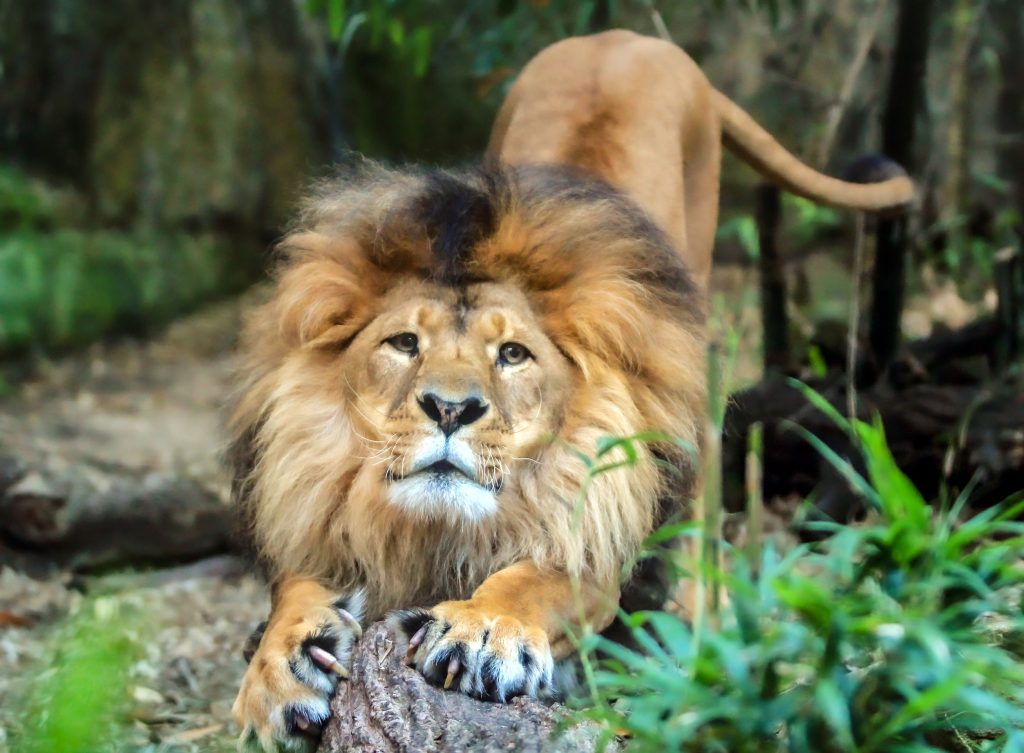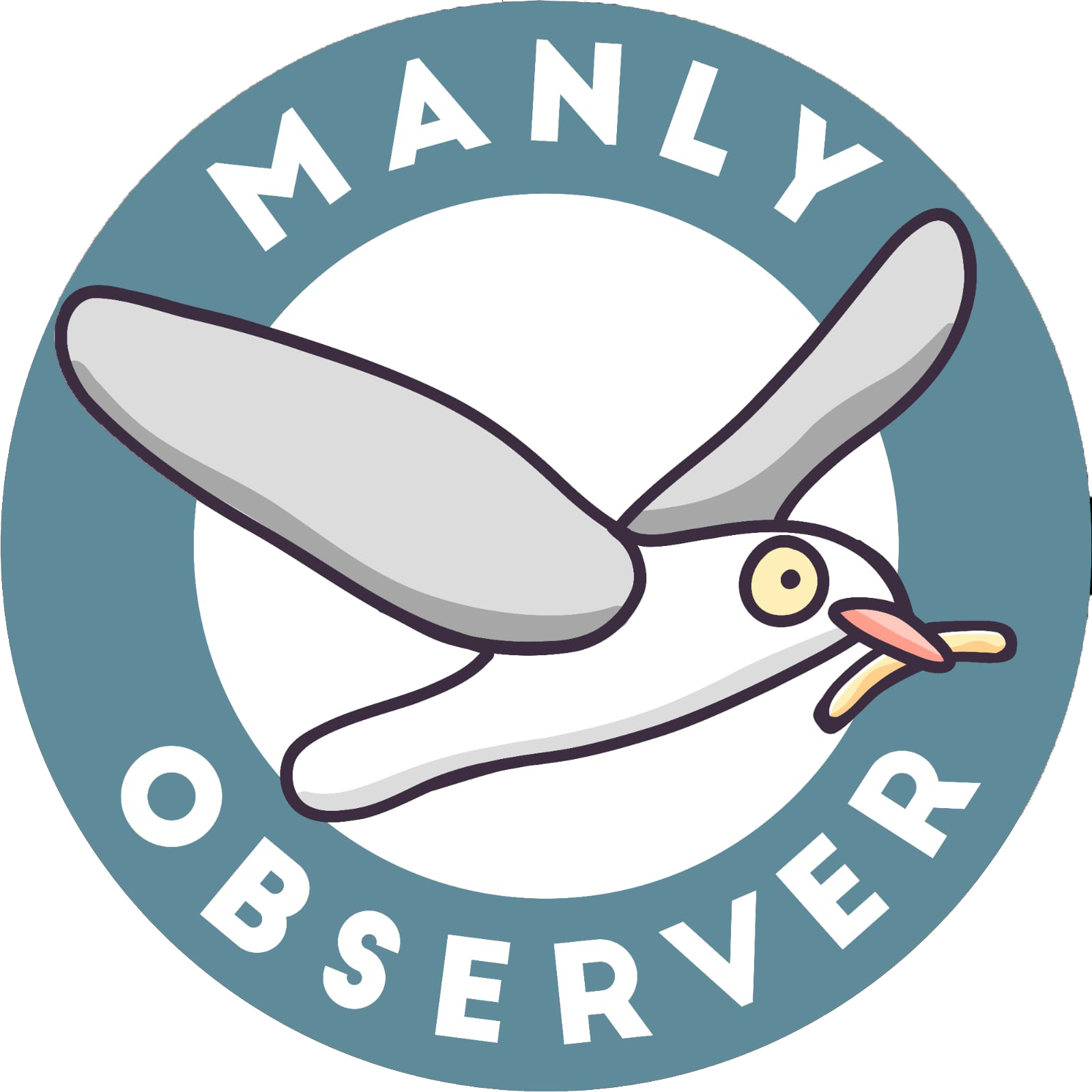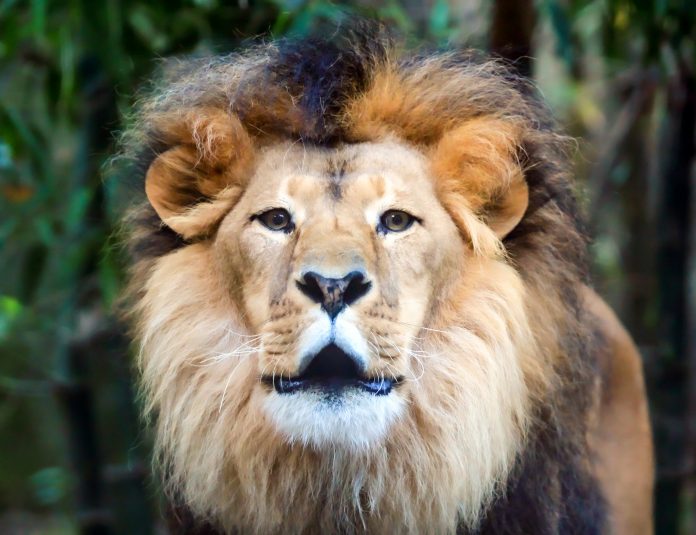Taronga Zoo went into lockdown in the early hours of this morning, Wednesday 2 November, after five lions were observed outside their primary enclosure, triggering a ‘Code One’ emergency.
A Code One is a nationally certified response involving a dangerous animal where there is risk of death or danger to human life.
The last time a Code One was issued at Taronga was 28 January 2021 when a chimpanzee exited its enclosure and perched on the edge of the African Savannah area for a few minutes before returning calmly to its troop.
The lions – one adult and four 14-month-old cubs – exited an inner secure fence but were contained within an outer perimeter fence of the African Savannah enclosure where they reside. It was not confirmed whether other animals, such as giraffes and zebras, the natural prey of lions and also present in separate enclosures in the African Savannah region of the zoo, were ever at risk of harm.
Taronga Zoo, operating from their harbourside site in Mosman since October 1916, has custody of over 5,000 animals from at least 350 species, many of which are endangered in the wild. Among them are two adult lions, Maya and Ato, and their five cubs, Khari, Luzuko, Malika, Zuri and Ayanna, which were born in August 2021 – the first lion cubs sired within the zoo premises in 18 years.
Aerial film footage from the Nine News helicopter after the incident showed Taronga Zoo staff and police officers inside the lion enclosure inspecting what appeared to be a hole in the fence between the inner and outer parts of the big cats’ enclosure.

Zoo statement
At 8.50am, forty minutes before opening as normal for regular business at 9.30am, Taronga Zoo, issued an online statement explaining the situation.
Thereafter Simon Duffy, Taronga Zoo Executive Director, read from the statement at a media conference outside the zoo’s top entrance.
“An emergency situation occurred this morning at Taronga Zoo Sydney. Five lions, one adult and four cubs, were located outside their main enclosure at 6.30am.
“The lions were observed in a smaller area adjacent to the main lion exhibit, where a six foot fence separated them from the rest of the zoo. The zoo has very strict safety protocols in place for such an incident, and immediate action was taken. All persons on site were moved to safe zones. Four of the lions calmly made their way back into their main exhibit and dens and one lion cub was safely tranquilised.
“All animals are now safe in their back of house exhibit and are being closely monitored. All zoo staff responded and acted swiftly and procedures and processes were followed as they should have been. As a result, the situation was under control within minutes.
“We have received video footage and we confirmed that it was less than ten minutes between the lions leaving their main exhibit and the full emergency response being enacted.
“This is a significant incident and a full review is now under way to confirm exactly how the lions were able to exit their main exhibit…
“Drills are regularly conducted to ensure the safety of our staff, our guests and our animals.”

Roar and Snore
At the time of the breach, an estimated 50 guests were staying in the Roar And Snore ‘glamping’ (glamorous camping) section, which consists of safari-style green-roofed tents overlooking Sydney Harbour.
Located on the western perimeter of the zoo, Roar And Snore is, according to an April 2022 online map of the zoo, approximately 20 metres down a tree-lined embankment from the lion enclosure, also on the western edge.
If the lions scaled the ‘six foot’ outer fence containing them – at two metres a relatively easy leap for a big cat – the nearest sources of prey were either the zebras to the southeast or the glampers in Roar And Snore to the southwest, the latter of which were not enclosed by fencing.
One media outlet reported that a family was woken earlier, around 4am, by the lions roaring – presumably interrupting their snoring. At the press conference, Mr Duffy revealed that CCTV footage showed the lions remained inside their exhibit overnight, and therefore weren’t outside their main enclosure at 4am.
At approximately 6.30am a Code One lockdown was issued after a construction worker reportedly discovered the lions were outside their main compound. An alarm was sounded – which many residents in nearby Mosman homes heard – and staff were instructed to rapidly retreat to designated ‘safe havens’.
The Roar And Snore guests were ordered by staff to immediately vacate tents and run to a shower block in which they were securely protected.
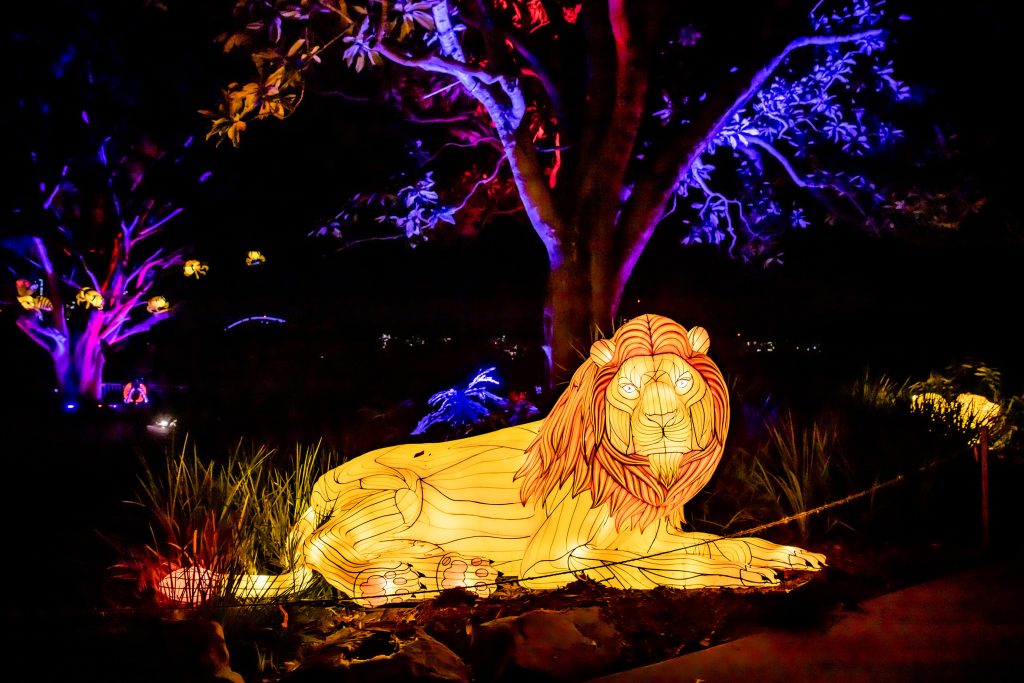
Cats recaptured
Within ten minutes, the four cubs and the adult lion were ushered back into their interior enclosure by quick-acting zookeepers. However, a single cub was sedated by staff vets – it was not specified whether a tranquiliser dart or syringe was used – before it too was manoeuvred back to its secure housing.
Taronga Zoo did not reveal whether the solo cub strayed further than the others or resisted returning to its cage to justify its sedation.
At around 7.10am, NSW Police were summoned and officers joined zoo staff in patrolling the grounds, inspecting fencing for further breaches and escaped animals. Not long afterwards a 2GB radio presenter, Ben Fordham, made the public announcement the zoo was in lockdown.
By 8am, Roar And Snore guests were permitted to return to their tents and delayed breakfast as the zoo prepared for a normal day’s operation.
At 9.30am, parties of school children and queues of spectators began entering the zoo as usual.
At 10.30am Taronga Zoo officials confirmed the lions escaped through a breach in the Savannah enclosure fence. This opens the possibility of a fencing failure or an interloper sabotaging the mesh with intent to cause mischief – or a serious tragedy.
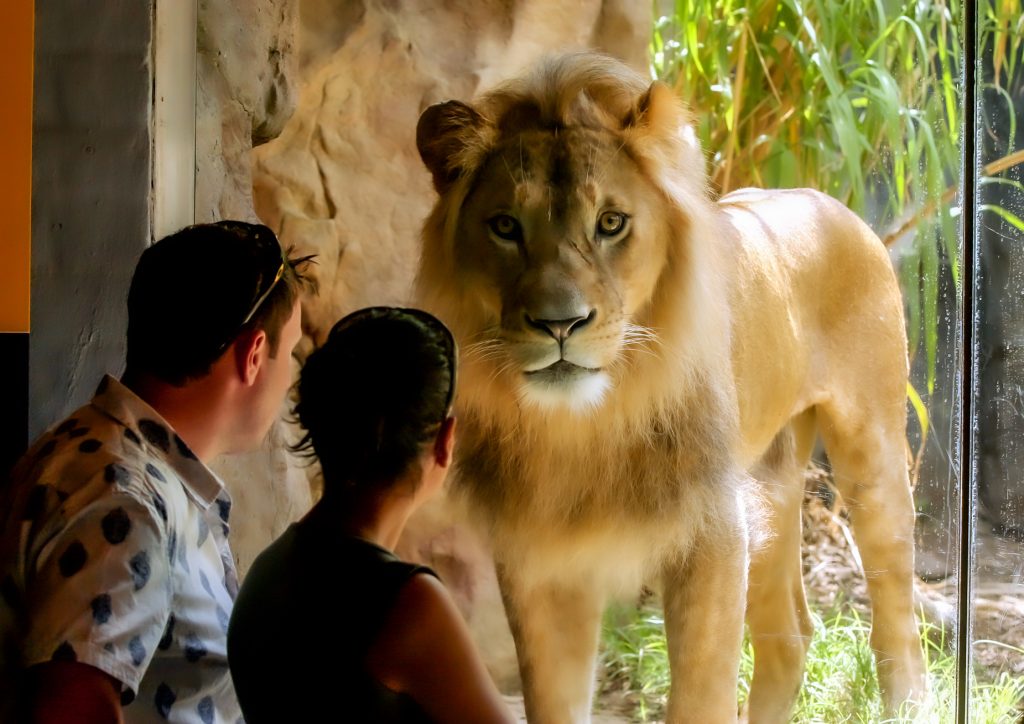
Big cat confines too small?
Manly Observer contacted Associate Professor Siobhan O’Sullivan, an animal welfare expert from the School of Social Sciences at the University of NSW. We asked if she had a theory on why the lions exited their confines, since captured animals are usually reluctant to go beyond the safety of their established boundaries.
“The big cat enclosure is likely to be much smaller than the space a free-living big cat would normally occupy,” she explained. “My sense is that fences, gates etc are essential to containing the animals. When systems break down, I think it is reasonable to expect that animals will take the opportunity to explore their environment more fully, and/or seek freedom.”
”It is seen by many to be much more suitable to display large animals in regional zoos, such as NSW’s Western Plains Zoo in Dubbo. Such zoos are much more likely to have the capacity to provide adequate space and freedom of movement to the animals. This is important as boredom is one of the biggest welfare issues facing animals held in captivity.”
The roaming lions were perhaps lucky they didn’t leap the two metre fence containing them and wander the Taronga premises.
In March 2019, a lioness named Jameila at Mogo Wildlife Park, near Batemans Bay, was shot dead by zoo staff after it exited its enclosure within the zoo grounds. Zookeepers, three of whom were licensed to operate a tranquiliser gun, pursued Jameila as she headed towards the visitor car park. However, fearful for public safety, zoo owner Sally Padey instead ordered the animal’s execution.

Noted escapes from Taronga
19 November 1946, a Bengal tiger escaped from its cage in Taronga while its rock compound was being cleaned. The Deputy Chairman of Taronga Park Trust described it as “tame as a domestic cat,” while visitors were herded into an empty seal enclosure for their protection.
However, after an hour and a half of handlers trying to persuade it to return to its cage, a zookeeper shot the tiger dead when a newspaper reported it “dodged about the trees in a frenzy of fear.”
Former Taronga Zoo keeper Terry Boylan revealed in a June 2011 article in Australian Geographic a number of escapes he was familiar with. One – a ten-minute rooftop flit by a group of 15 crab-eating macaque monkeys, took place after he relinquished his watch.
Boylan’s list:
* In the mid 1950s, a former circus-performing chimpanzee named Koko escaped her enclosure in the mid 1950s and clambered into an office manager’s car, from where she was easily subdued with chloroform and returned to her cage.
* In 1967 an entellus langur monkey catapulted itself over the top of the monkey pit and swung through the trees and out into Bradley’s Park, where it was eventually shot by zoo director.
* In 1973, Taronga Director issued a press release announcing two freshwater crocodiles had been stolen from the aquarium. However, it later transpired the crocs had scaled a 2.5 metre high mesh fence and were still on the premises.
* In 1990 a clouded leopard clambered through a broken wire strand surrounding its enclosure and spent the day feasting on pigeons roosting on the concrete edges of the old lion and bear pits. After a trail of feathers was followed by a keeper, the leopard was found asleep, anaesthetised and rehoused.
